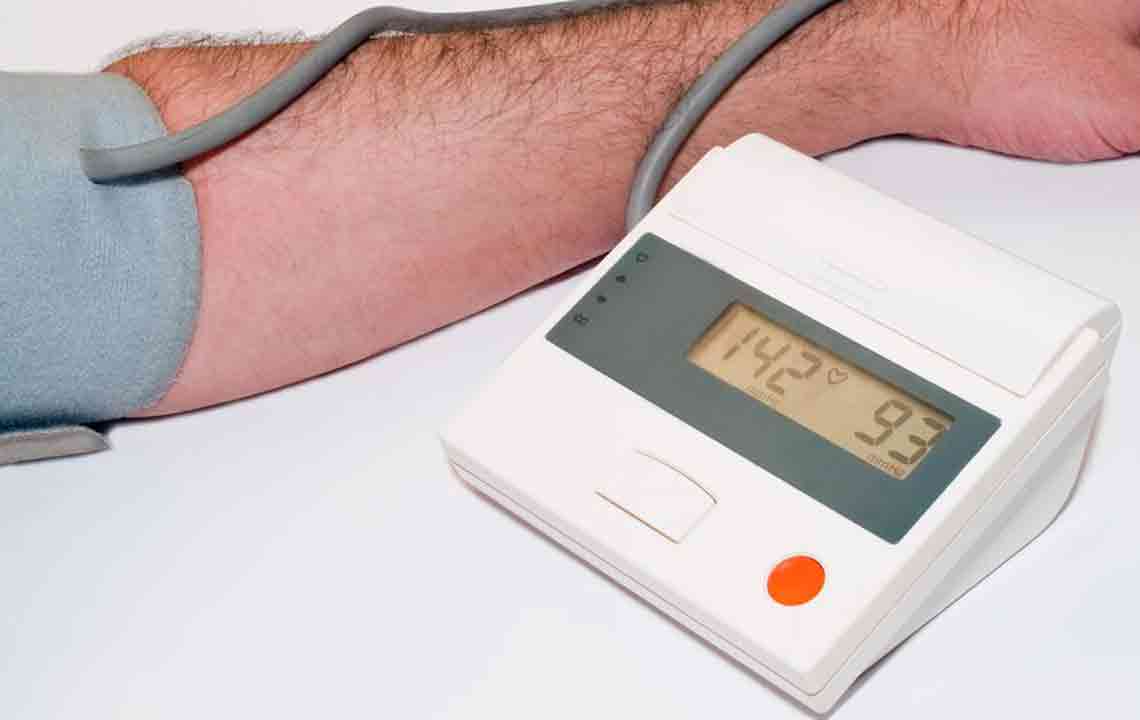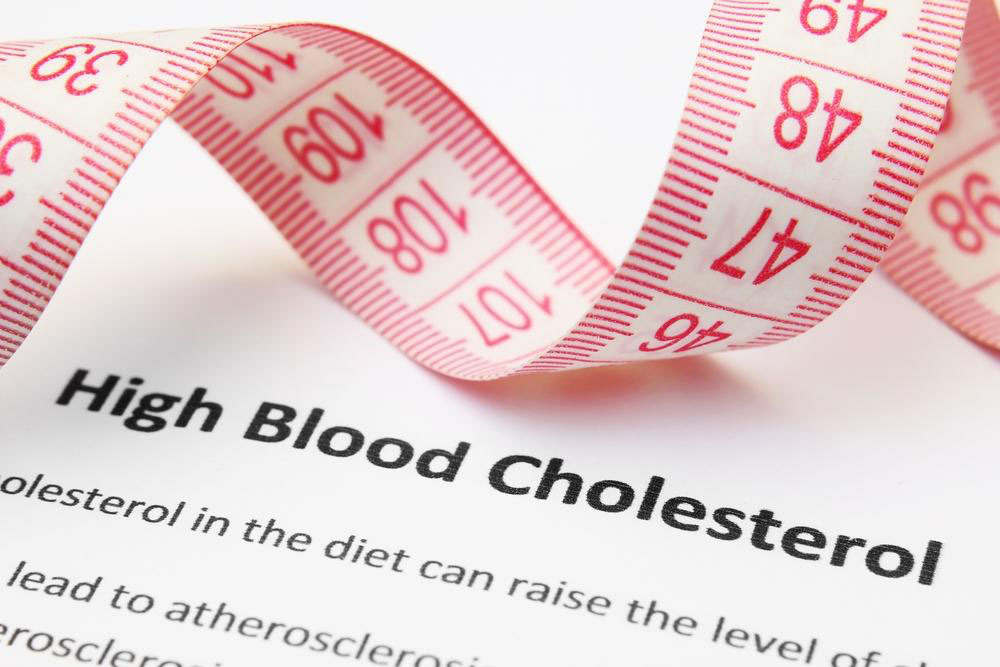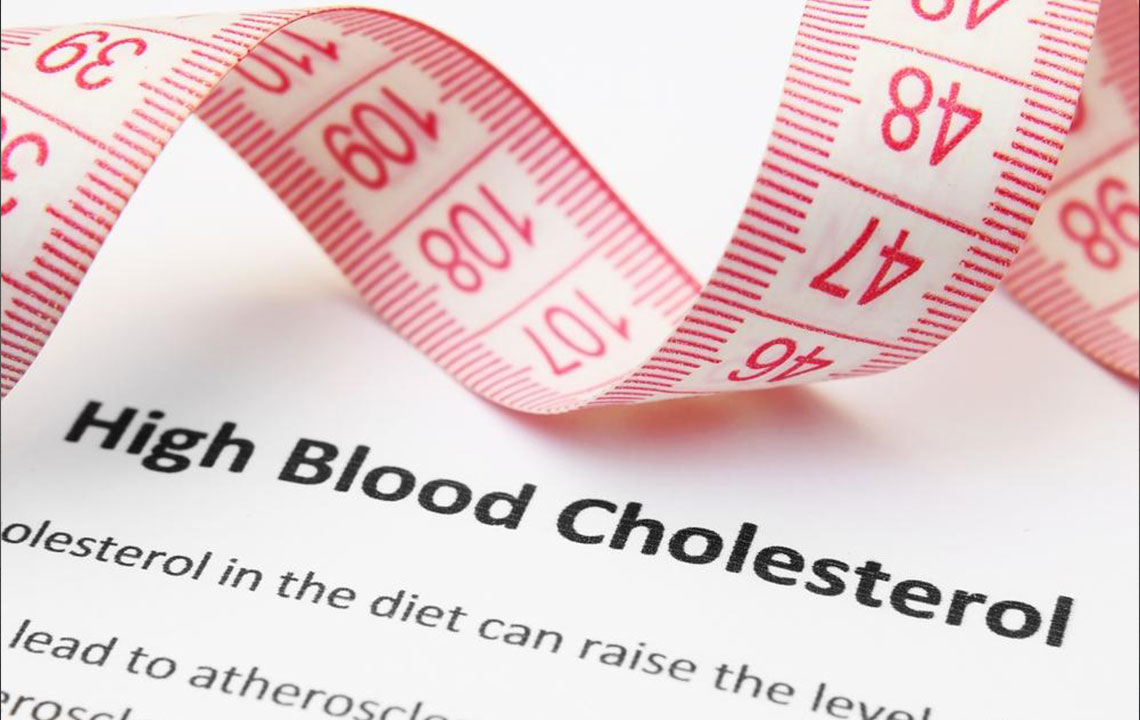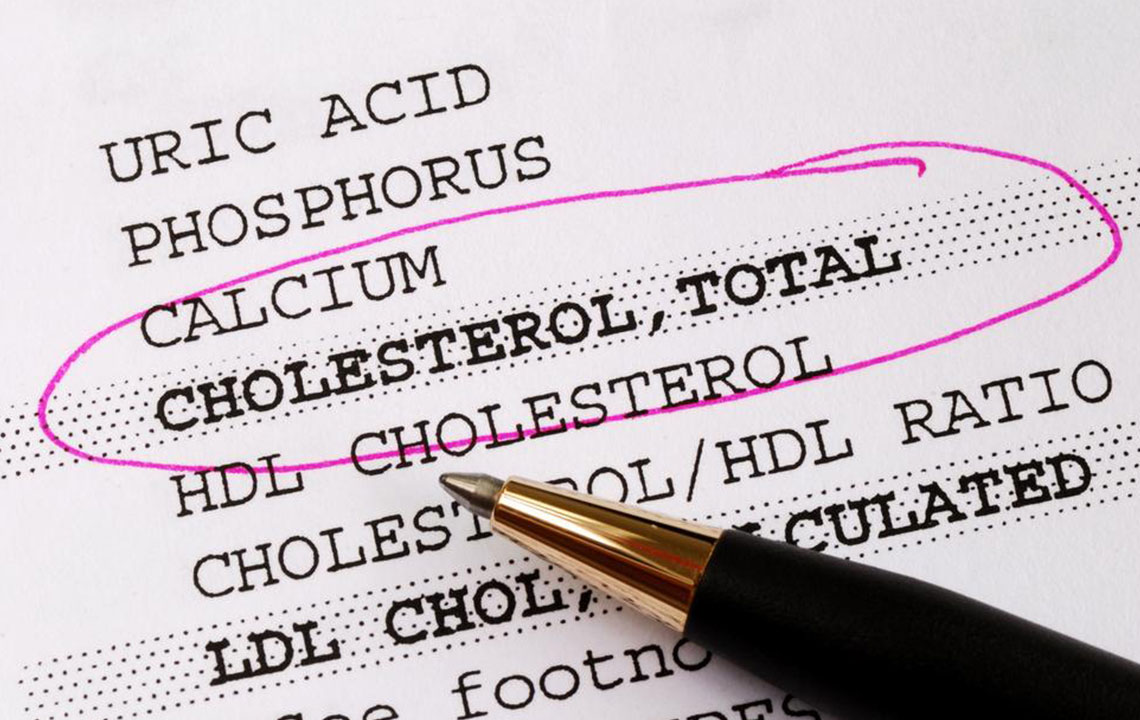Understanding Normal Cholesterol Levels Across Different Age Groups
This article offers a comprehensive overview of healthy cholesterol levels across different age groups, emphasizing the importance of regular testing and lifestyle choices. It highlights recommended thresholds for adults and children, along with tips to maintain optimal levels. Early action and consistent monitoring are key to preventing heart disease and related health issues, making this guide essential for health-conscious individuals aiming to protect their cardiovascular well-being.

Understanding Normal Cholesterol Levels Across Different Age Groups
Cholesterol levels differ based on age, gender, and lifestyle. As people grow older, their bodies tend to produce more cholesterol. Therefore, it's advisable for adults to have their cholesterol tested every four to six years to monitor their health proactively.
Cholesterol measurements include:
Total cholesterol
HDL (good cholesterol)
LDL (bad cholesterol)
Maintaining balanced levels, especially keeping LDL and total cholesterol low and HDL high, is crucial for cardiovascular health. Elevated HDL offers protection against heart-related conditions such as strokes and heart attacks.
Cholesterol trends with age
Cholesterol levels tend to increase as individuals age due to various health and lifestyle factors. Early intervention is essential to prevent persistent high cholesterol, which becomes harder to treat later. Children rarely develop high cholesterol; thus, their levels should be checked once or twice before age 18, or more frequently if risk factors are present.
Men generally have higher cholesterol levels throughout life, but women can experience increases during menopause.
Healthy cholesterol levels remain relatively consistent in adults, with slight variances based on health conditions.
Recommended cholesterol levels by age group
Overall total cholesterol should be below 200 mg/dL. Values between 200-239 mg/dL are borderline high, and above 240 mg/dL are high.
LDL levels should ideally be under 100 mg/dL. Values between 100-129 mg/dL are acceptable for healthy individuals. A range of 130-159 mg/dL is borderline, 160-189 mg/dL is high, and 190 mg/dL or above is very high.
HDL should be maintained at 60 mg/dL or higher. Levels below 40 mg/dL increase heart disease risk, whereas 41-59 mg/dL are acceptable.
Cholesterol standards for children
Total cholesterol should be less than 170 mg/dL; between 170-199 mg/dL is borderline, and above 200 mg/dL is high.
LDL levels in children should be below 110 mg/dL; 110-129 mg/dL is borderline, above 130 mg/dL indicates high cholesterol.
Tips to keep cholesterol in check with age
Children and teens should lead active, healthy lifestyles, including balanced diets and regular exercise, to maintain healthy cholesterol. Overweight children with sedentary habits or poor diets, and those with a family history of high cholesterol, are at increased risk.
Adults benefit from early lifestyle modifications to control cholesterol, including regular physical activity. In cases of elevated levels, medications may be necessary, especially during or after menopause.
High cholesterol elevates the risk of heart disease, strokes, and heart attacks. Prompt medical consultation is essential if levels become abnormal. Maintaining healthy cholesterol levels through lifestyle and medical support is vital for long-term cardiovascular health.










